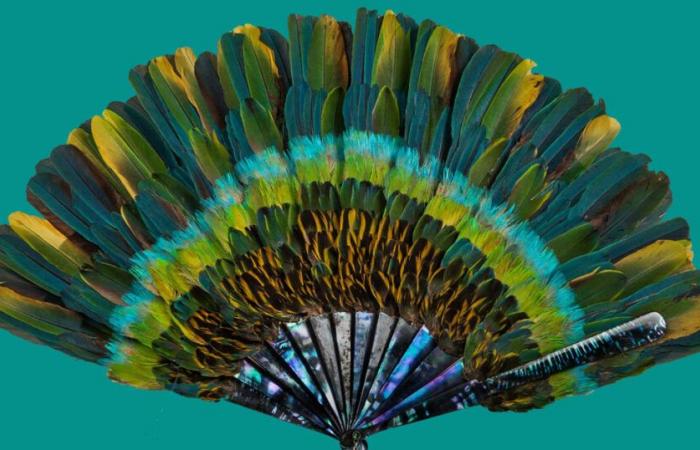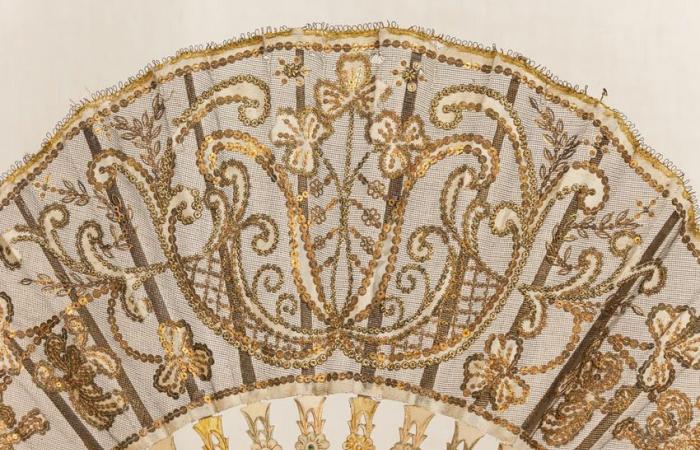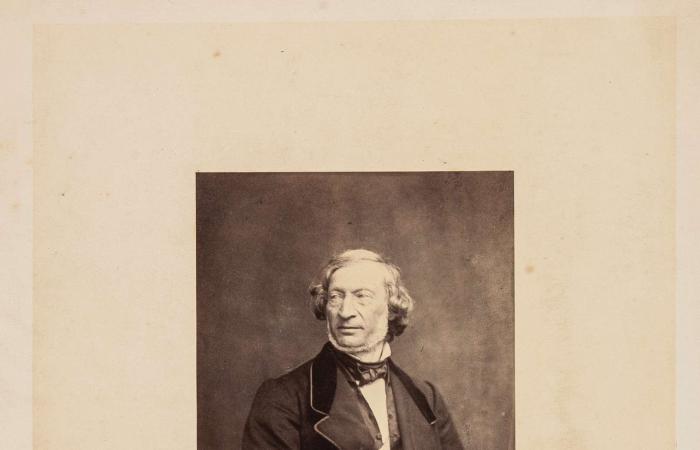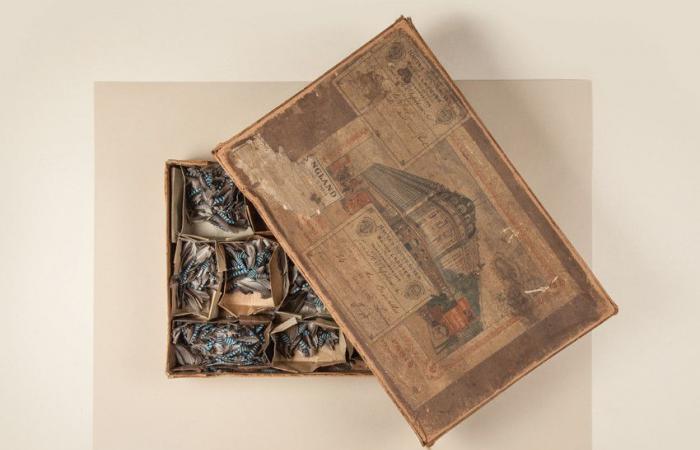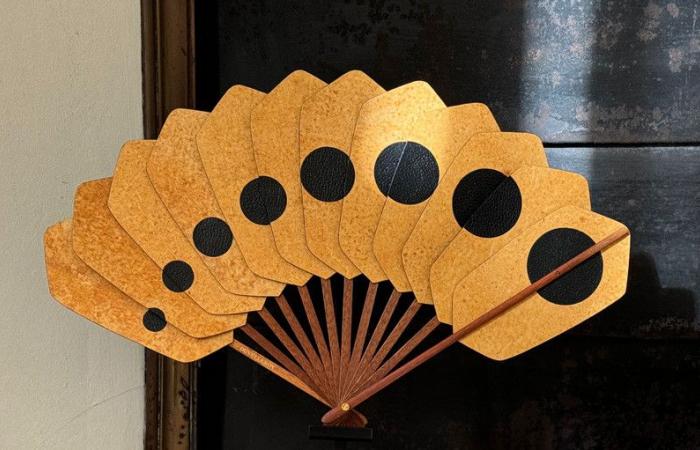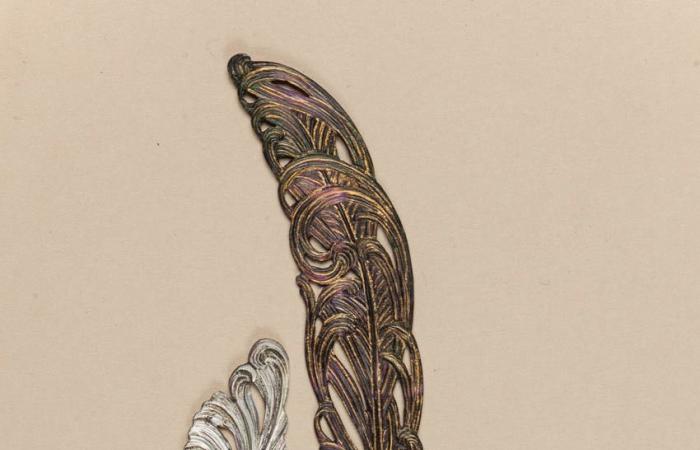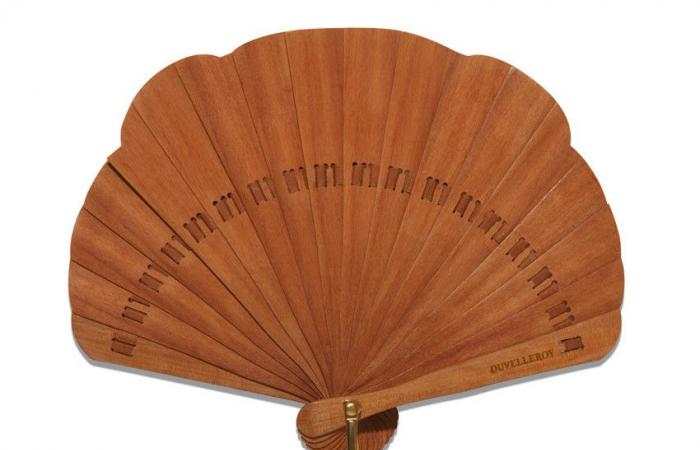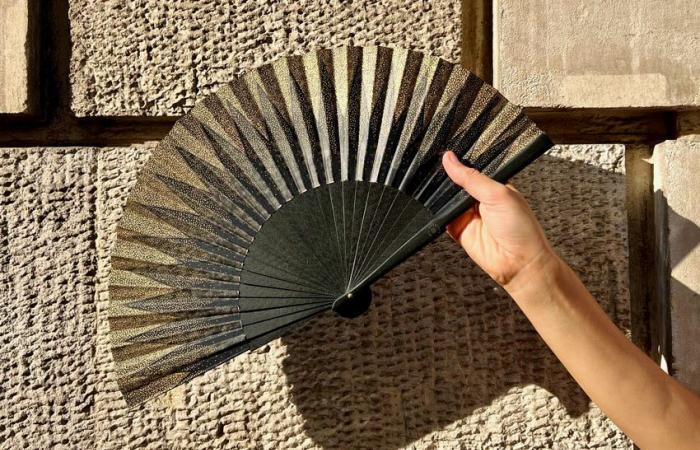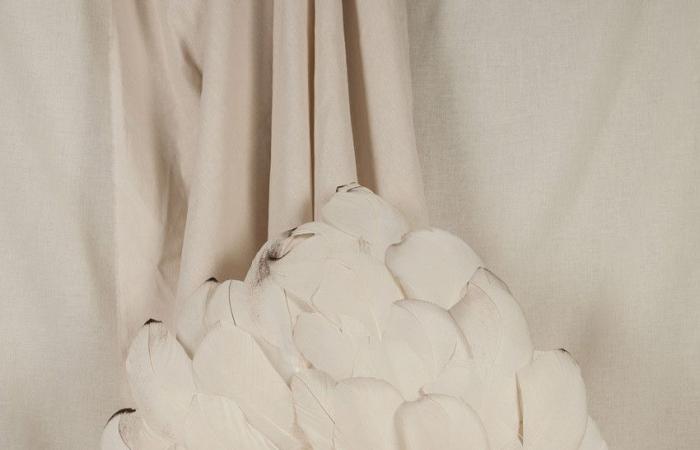The Duvelleroy house was created by Jean-Pierre Duvelleroy in 1827, when the fan object was no longer fashionable. But, thanks to a ball given at the Duchess of Berry's house in 1829, he regained his letters of nobility. The founder's sons then opened a store in London and Paris. The succession was ensured by their heirs until the Second World War. In 1940, Jules-Charles Maignan bought the Duvelleroy house, then bequeathed it to his son Michel, who carefully preserved the funds. It was in 2010 that Éloïse Gilles and Raphaëlle Le Baud discovered this gold mine and embarked on this enterprise, bringing up to date an accessory that had fallen into disuse, yet very useful in the current ecological context.
A Japanese invention
The origins of the fan date back to Antiquity. In Greece, Egypt, India, and even China, fans are non-foldable screens, used to cool off. Pleated fans were invented in the 7th century by the Japanese. Imported to Europe by the Portuguese, it was not until the 17th century that manufacturing centers opened in Europe. In France, the fan lost its splendor after the French Revolution, then experienced remarkable growth in the second half of the 19th century, as highlighted in the archives of the Duvelleroy house. The fans are adorned with textiles, sequins, feathers, embroidery… A Parisian haute couture style, with unique palettes and decorations.
Detail of a glittery fan leaf, balloon-shaped, in silk and tulle, Duvelleroy archives © Andy Julia
Royal supplier
Jean-Pierre Duvelleroy had a hollow nose. In 1827, aged 25, he left the north of France for Paris, where he bought a collection of engravings. He then ventured into creating fans by applying these engravings to fine paper or sheets of leather. Two years later, a costume ball given by the Duchess of Berry brought the fan back into fashion by introducing it in “the Quadrille dance of Marie Stuart”. Duvelleroy then became the official supplier to Queen Victoria before gradually conquering several major European courts. The Duvelleroy sons will take over, one in Paris, the other in London. At this time, they also made bags, which would be their main resource during the interwar period.
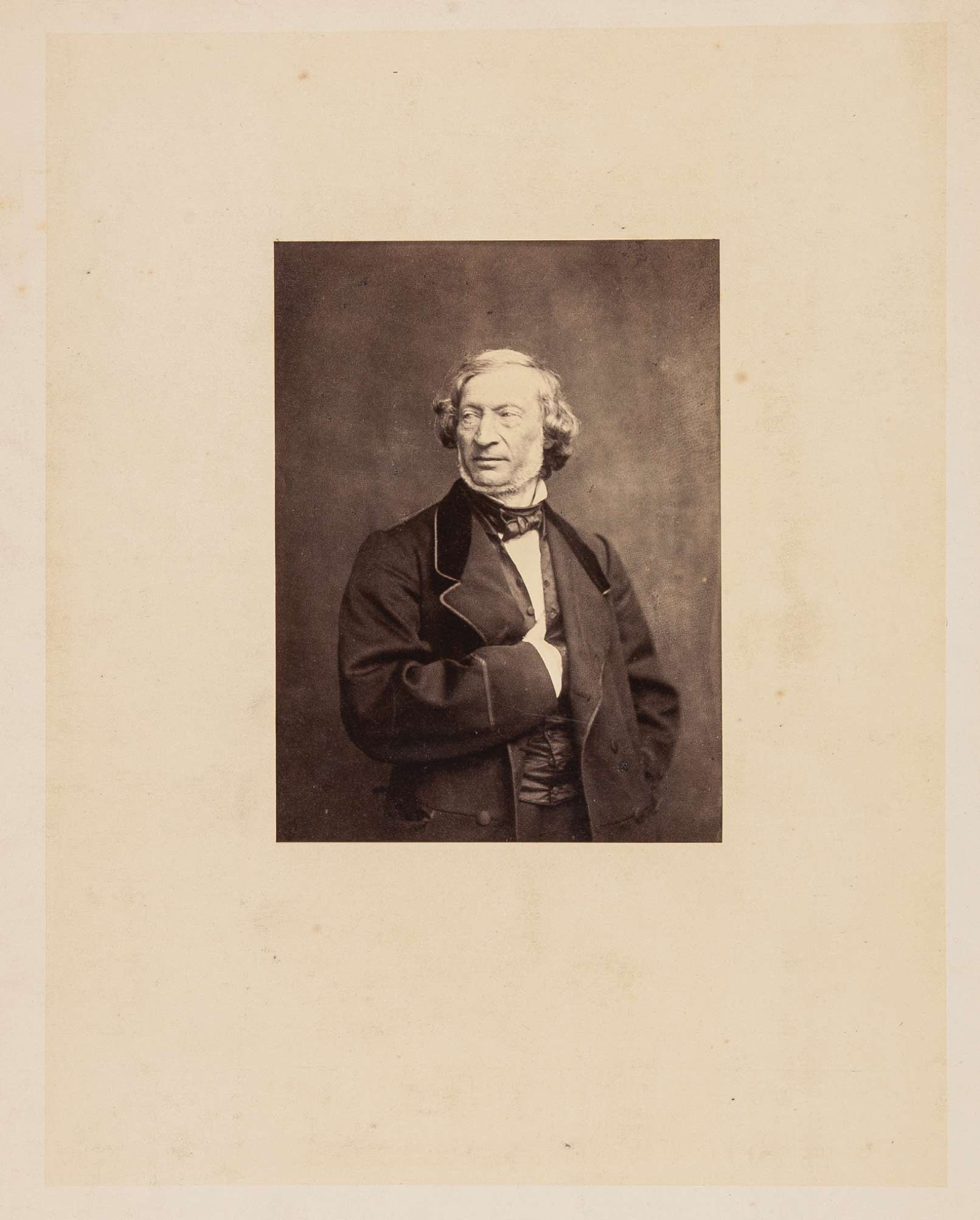
Jean-Pierre Duvelleroy, founder of the eponymous house, Duvelleroy archives © Andy Julia
A treasure trove of archives
In 1940, Jules-Charles Maignan bought the House. He passed on the Duvelleroy collection to his grandson Michel Maignan in 1981, including all the archives, the fans, the manufacturing tools, the furniture… A treasure that Éloïse Gilles and Raphaëlle Le Baud discovered in Drouot: “He took us to his country house where boxes and boxes from the old Duvelleroy workshop were sleeping in an attic: striated feathers, the pleating mold, preserved fans, catalogs, original drawings, photos, the furniture from the boutique on rue de la Paix, everything had been preserved, which is exceptional and extremely rare for an individual” relates Éloïse Gilles. They then joined forces with Michel Maignan to revive this dormant heritage.

Box containing blue jay feathers sorted by size, Duvelleroy archives © Andy Julia
Make it an everyday object
Located on rue Amélie in the 7th arrondissement of Paris, the Duvelleroy house is divided between two sites: a boutique workshop and the cozy offices on the other side of the street where the archives and the background are kept. Léa Dassonville joined the team in 2019 as artistic director: “At first, the fan object was not easy to grasp. Our goal was to make it an everyday object, and, thanks to models like the “Take Away”we have managed to reintroduce it into everyday life” she explains.

“Take Away All black” Ready-to-Wear fan, Sycamore wood and cotton © Laurène Bouaziz
Two types of fans are manufactured, mainly in collaboration with artists or craftsmen: “couture” fans which rival the creations of haute couture and high jewelry, and “ready-to-wear” fans, accessible for a wide audience. For the former, the starting point is always the archives. Then, a dialogue takes place with an artist or craftsman. Materials depend on collaborations. It is Frédérick Gay who makes the “couture” fans. Partner of Duvelleroy since the brand's revival in 2010, this artist and fan maker was trained by the master fan maker, Anne Hoguet.

Reishi™ x Duvelleroy “Eclipse” fan, blades in Reishi™, a material woven from mycelium © Vasilisa Ganakova
Plume and counter-plume
Once the design and patterns have been validated, you must choose the frame, the rigid and foldable part of the fan. It is made up of strands, rectangular strips all identical in length and width and the number of which varies depending on the model. Added to this are a plume and a counter-plume, the first and last strand of the frame. Thicker, they protect the fan from wear. The frame can be made of various materials, such as wood species, mother-of-pearl, horn, tortoiseshell… precious materials which were widely used in the 19th century.
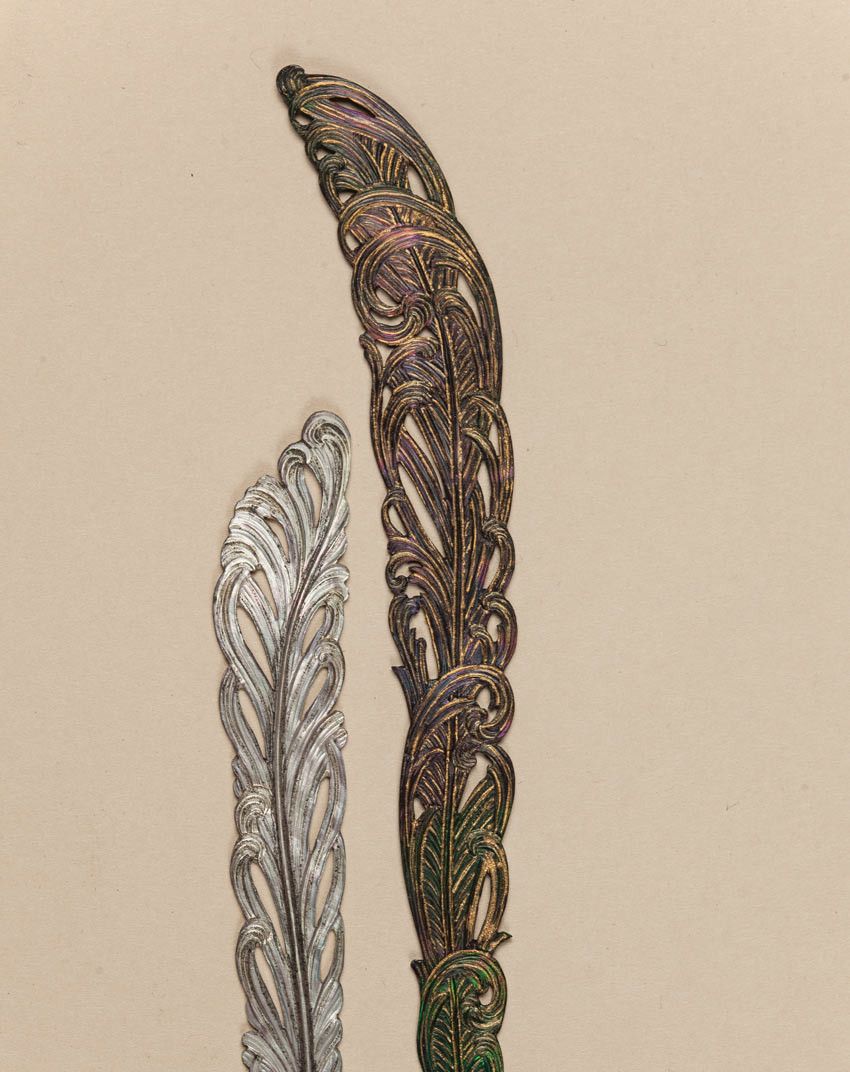
Mother-of-pearl fan plumes based on a peacock feather motif, by Bastard, Duvelleroy archives © Andy Julia
The work of the sheet also depends on the materials used. If it is a sheet of fabric, it is prepared: it is dipped in a starch-based hardener mixed with water. Once the fabric is dry, it is ironed, then cut into a half-moon in the shape of a fan. It is then placed in a cardboard pleating mold. The design of the mold is a key step, because its shape depends on the height of the sheet, the degree of opening of the fan, and the number of strands, therefore the number of folds. Once the fabric is in the mold, the excess is cut off. The pleated sheet is then glued to the frame. We glue the strand and the fabric, for each strand.

Detail of a Couture fan, tulip shape, organza, ebony frame © Vasilisa Ganakova
For all tastes
On the “seam” fans, a border is created on the small and large edges (the top and bottom ends of the sheet). All these steps are carried out manually. The fan is finally assembled with a rivet, a nail or a central rivet, which closes everything. There can also be “palmette” fans, which are not pleated, or broken fans, without textile but held by a ribbon or thread… Fans can come in a multitude of shapes, textures, and materials …

Ready-to-Wear “Breloque” fan, mini fan, pear wood, carabiner hook, length of strands 13 cm © Vasilisa Ganakova
On the other side of the Pyrenees
For “ready-to-wear” fans, there are timeless ranges like the “Take Away” and the “Point de Hungary”, one of their flagship models which takes a piece from their archives paying homage to the rafters of Parisian parquet floors. . They are made by a partner family workshop in the south of Spain, where everything has been handmade since 1950. The materials used are mainly wood and fabric. If the manufacturing steps are similar for the two categories of fans, some may differ depending on the materials chosen.
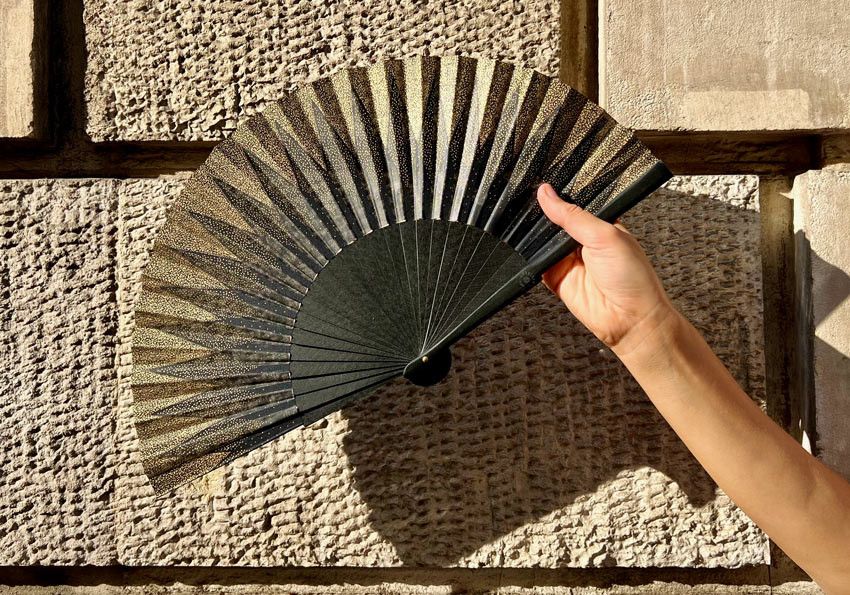
Ready-to-Wear “Black and Gold Hungarian Point” fan, printed cotton, Sycamore wood frame © Duvelleroy
A bicentenary to celebrate
In 2027, the Duvelleroy house will celebrate its bicentenary. The opportunity, we hope, to recount the two hundred years of its destiny during an exhibition in a prestigious museum. In the meantime, a revamped boutique-workshop will reopen its doors in mid-November, after renovation work.
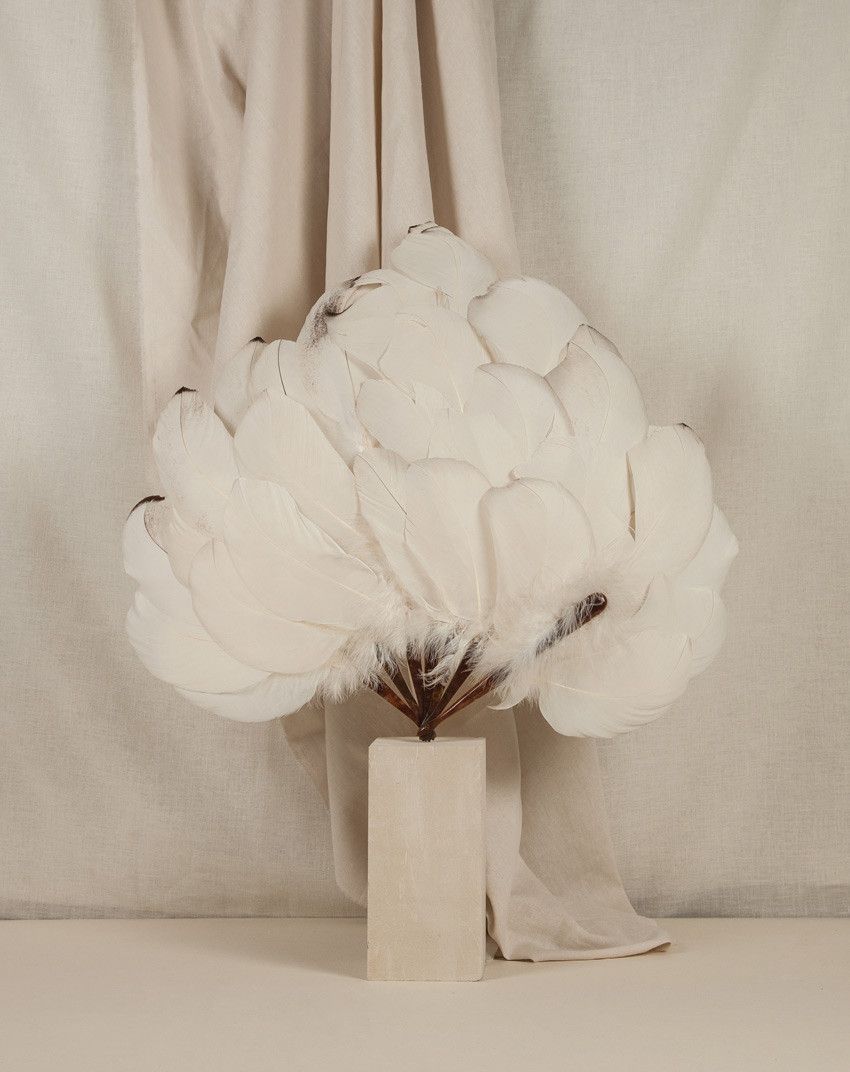
“Swan” fan, swan feathers mounted in anyone, Duvelleroy archives © Andy Julia

